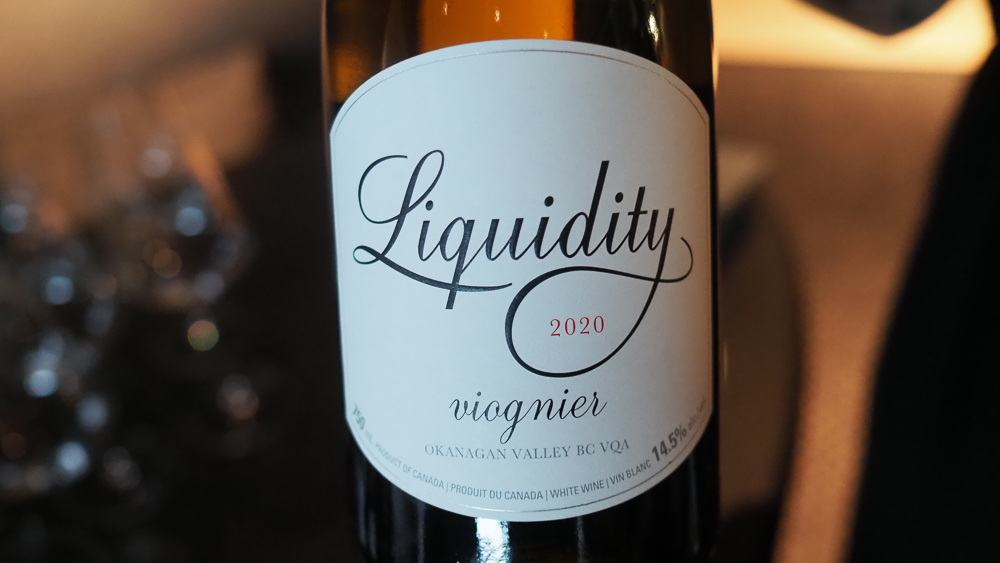This is the month that December babies dread, with their birthdays overshadowed by the Xmas holiday, resulting in halfhearted combination birthday-Christmas gifts, or sometimes being forgotten entirely.
I attended a birthday party on December 16, which is coincidentally also Pinot Meunier Day, making it easy for me to surprise the birthday girl with a date-appropriate wine.
For those not familiar with this grape varietal, Pinot Meunier (pronounced moon-yay) is the least-famous grape in the Pinot family, overshadowed by its Noir, Blanc, and Gris siblings.
The true origin of the Pinot family of grapes is lost in the wine-soaked mists of antiquity, but it first rose to prominence in the French vineyards of Burgundy during the Middle Ages.
The word Pinot is derived from the French word for pine, as the grape clusters on the vine form a shape similar to a pinecone. Those readers who can remember their elementary school French classes will recognize the different varietals translate to Black, White, and Grey, reflecting the colour of the grape skins.
Pinot Meunier is the exception, with its name coming from the old French word for Miller, or a worker in a flour mill, due to the light dusting of white powdery down on the underside of the grape leaves.
Like its Pinot Noir sibling, Pinot Meunier is a red-skinned grape, while the Pinot Blanc and Pinot Gris varietals are both white grapes.
While the more famous Pinot Noir grape will be familiar to all wine drinkers as a light-bodied red wine with a subtle and sophisticated bouquet, Pinot Meunier is perhaps the most famous wine you have never heard of, making up 40% of the acres under vine in the famed Champagne region of France.
Unlike the other members of the Pinot family, Pinot Meunier is rarely bottled as its own single varietal, instead used a blending grape with other varietals. Germany is a notable exception, making a light red wine made to be consumed young from Pinot Meunier grapes, which are known locally as Schwarzriesling.
In its native France, Pinot Meunier is most commonly used as one of three primary grapes in the Champagne sparkling wine, the others being Pinot Noir and Chardonnay. This may be surprising news to Champagne fans, as Pinot Noir and Pinot Meunier are both red grapes, but used to make sparkling white wine. This is accomplished by gently pressing the clear juice from the grapes, then immediately removing the red skins before the dark colour is imparted to the white wine.
We even grow Pinot Meunier right here in Canada, with several wineries in the Okanagan Valley of BC producing blends and single varietal bottlings. Demonstrating the flexibility of the grape, the family-owned Mocojo Winery near Penticton produces a slightly sparkling frizzante rosé from 100% Pinot Meunier, which I visited just this past summer on my annual pilgrimage to BC wine country. Bursting with notes of watermelon and honeydew, this is a summertime wine that pairs well with salads and zesty dressings.
For those that prefer traditional reds, the Thornhaven Estates Winery is just a little north of Penticton, and produces a ruby-red Pinot Meunier aged to perfection in French Oak, bursting with the fresh raspberry notes the grape is famous for, with notes of vanilla and smoke from the oak aging.
My first introduction to Pinot Meunier was just before the turn of the millennium, in the tasting room of the family-owned Lang Vineyards near Penticton, which has been growing Pinot Meunier since 1980. Originally from Germany, the Lang family planted German varietals like Riesling and Gewurztraminer, as well as the Pinot Meunier varietal, which is known as Schwarzriesling in Germany.
The Lang family retired in 2005, earning a well-deserved break after 45 years in the wine business, but the eponymous winery lives on under new ownership, with winery operations managed by the nephew of the founder, maintaining its historical link with the Lang family.
Pinot Meunier wines do not tend to age as well as their Pinot Noir sibling, so are best enjoyed relatively young, typically within 3 years of bottling, when the fruit-forward notes are the most fresh. Support our domestic Canadian wineries by picking up a bottle at your local wine merchant, or enjoy the varietal as a blend in a sparkling bottle of Champagne on New Year’s Eve!
Yay for Meunier

In response to Canada's Online News Act and Meta (Facebook and Instagram) removing access to Canada's local news from their platforms, Anchor Media Inc encourages you to get your news directly from your trusted source by bookmarking this site and downloading the Rogue Radio App. Send your news tips, story ideas, pictures, and videos to info@anchormedia.ca.







